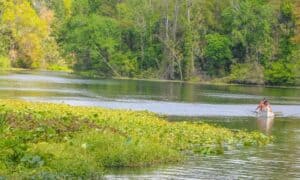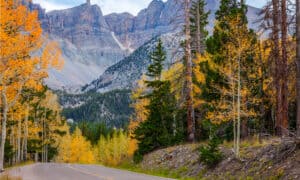Puerto Rico is a unique island with a rich culture, delicious food, and friendly people. Although many people travel to Puerto Rico to enjoy the vibrant nightlife, savory dishes, and crystal-clear beaches, there are many protected parks and areas to see. Technically, there is only one national park listed under the federal national park service, San Juan National Historic Site. While this is true, there are many state parks, state forests, and nature reserves.
Next time you visit Puerto Rico, don’t forget to take a hike in one of the many protected areas. There you can spot thriving native animals and plants.
San Juan National Historic Site
Puerto Rico has a unique status. It’s not a state, but it’s not independent either. This can make it tricky to establish a national park. The only national park in Puerto Rico according to the National Park Service is the San Juan National Historic Site, and technically it’s a historic site, not a national park. The San Juan National Historic Site is within Old San Juan. The site covers about 75 acres. This site was first established in 1949 and was officially listed on the National Register of Historic Places on October 15, 1966. Within this national historic site, you can find the Castillo San Cristóbal, Castillo San Felipe del Morro, City Wall of Old San Juan, and Fortín San Juan de la Cruz (El Cañuelo).
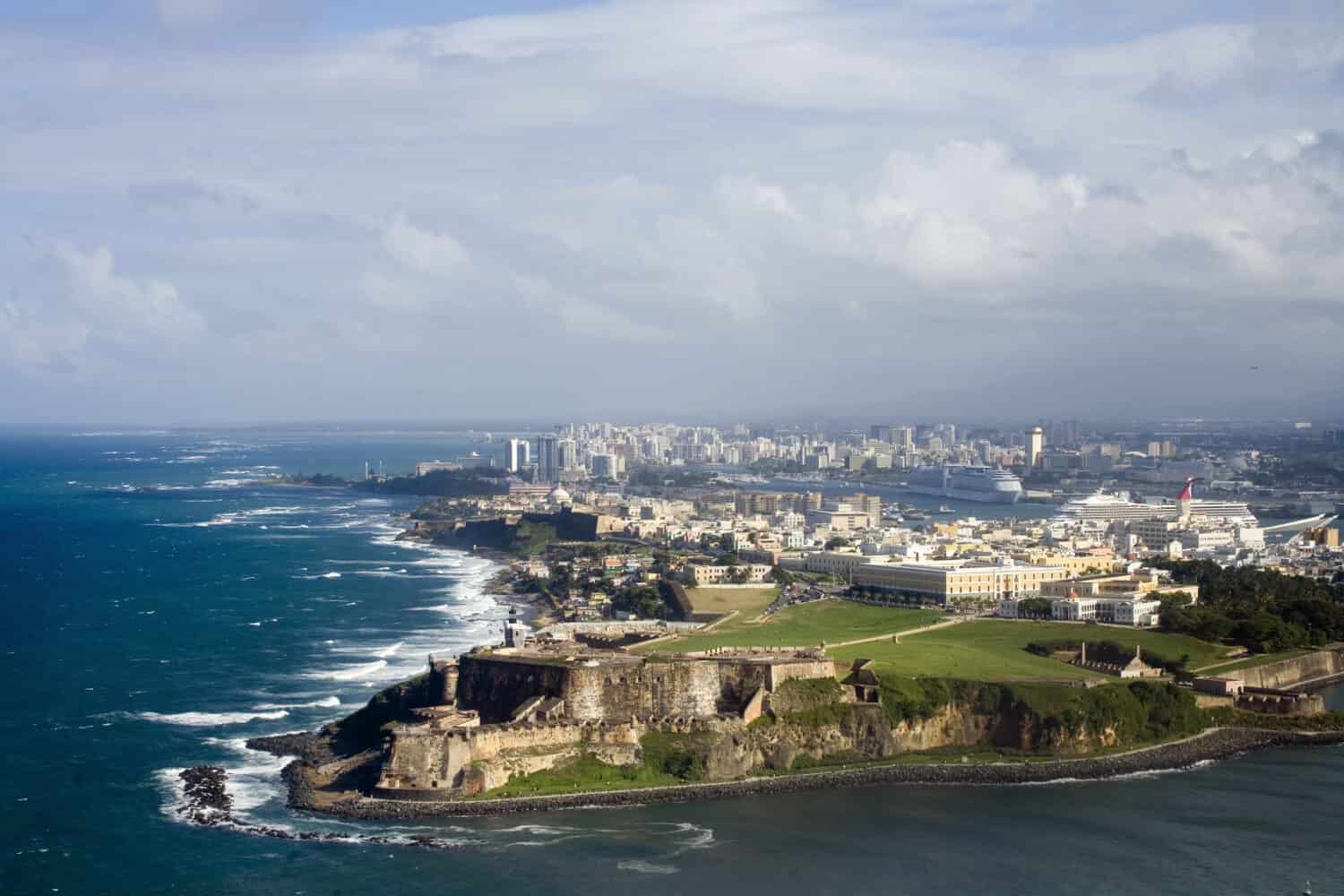
San Juan National Historic Site is listed on the National Register of Historic Places.
©eddtoro/Shutterstock.com
Where Is the San Juan National Historic Site Located On a Map?
The San Juan National Historic Site is found on a small island in the Northernmost region of San Juan, Puerto Rico. It is located in the Old San Juan District of San Juan Antiguo.
El Yunque National Forest
El Yunque National Forest, also known as just El Yunque, is a stunning rainforest in Puerto Rico. It almost covers 29,000 acres of land and has some beautiful waterfalls. El Yunque is also the only tropical rainforest in the United States National Forest System. It’s very biologically diverse and offers breathtaking views. When up high in the national forest, you are surrounded by clear mountains. This national forest was first established in 1903.
There is a lot of history behind this stunning forest. Long before the Spanish came to Puerto Rico, the national forest was considered sacred by the indigenous Taínos. Experts have found no traces of permanent settlements. However, there are petroglyphs, suggesting the Taino people frequented the forest.
Apart from the beautiful swimming holes and waterfalls, there is also unique wildlife. For example, in the forest, you can find the Puerto Rican parrot, which is endemic to the area and sadly endangered. Other animals you can find in this stunning forest include the Puerto Rican sharp-shinned hawk, American eel, Puerto Rican giant anole, fat sleeper fish, and big claw river shrimp.
When visiting, you can walk through many hiking trails. The main trail is the Pico El Yunque Trail. Apart from hiking trails, you can also take a dip in the cool waters and swim. Some places to swim include the Quebrada Grande Recreation Area, Espíritu Santo Observation Point, and the Sabana Recreation Area. The most popular swimming spot is at the base of La Mina Falls.
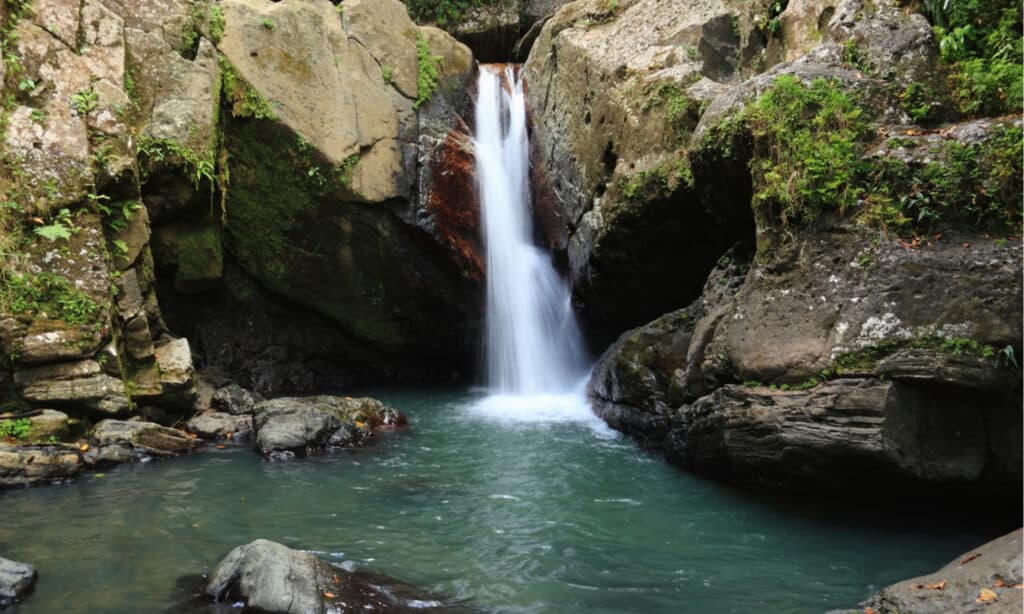
Although El Yunque National Forest is not a national park in Puerto Rico, it is a national forest.
©Colin D. Young/Shutterstock.com
State Parks in Puerto Rico
While there aren’t any true federal or national parks in Puerto Rico, there are many state parks. For instance, there are about 36 nature reserves on the small island. Some state and municipal parks are listed below. They all have unique attributes, including indigenous petroglyphs.
Caguana Ceremonial Indigenous Heritage Park
Another amazing park within Puerto Rico is the Caguana Ceremonial Indigenous Heritage Park. It’s the largest, and possibly most important indigenous site of its kind in the Caribbean. You can find this beautiful and fascinating park in Utuado. It includes large and well-preserved ceremonial ball courts and petroglyph-carved monoliths. Experts estimate the ball courts may have been built about 700 years ago. The rocks and stones were likely brought from the Tanama River. This National Historic Landmark was on the National Register in 1992. Within the Caguana Ceremonial Indigenous Heritage Park is also a small museum containing Taíno artifacts and a botanical garden.
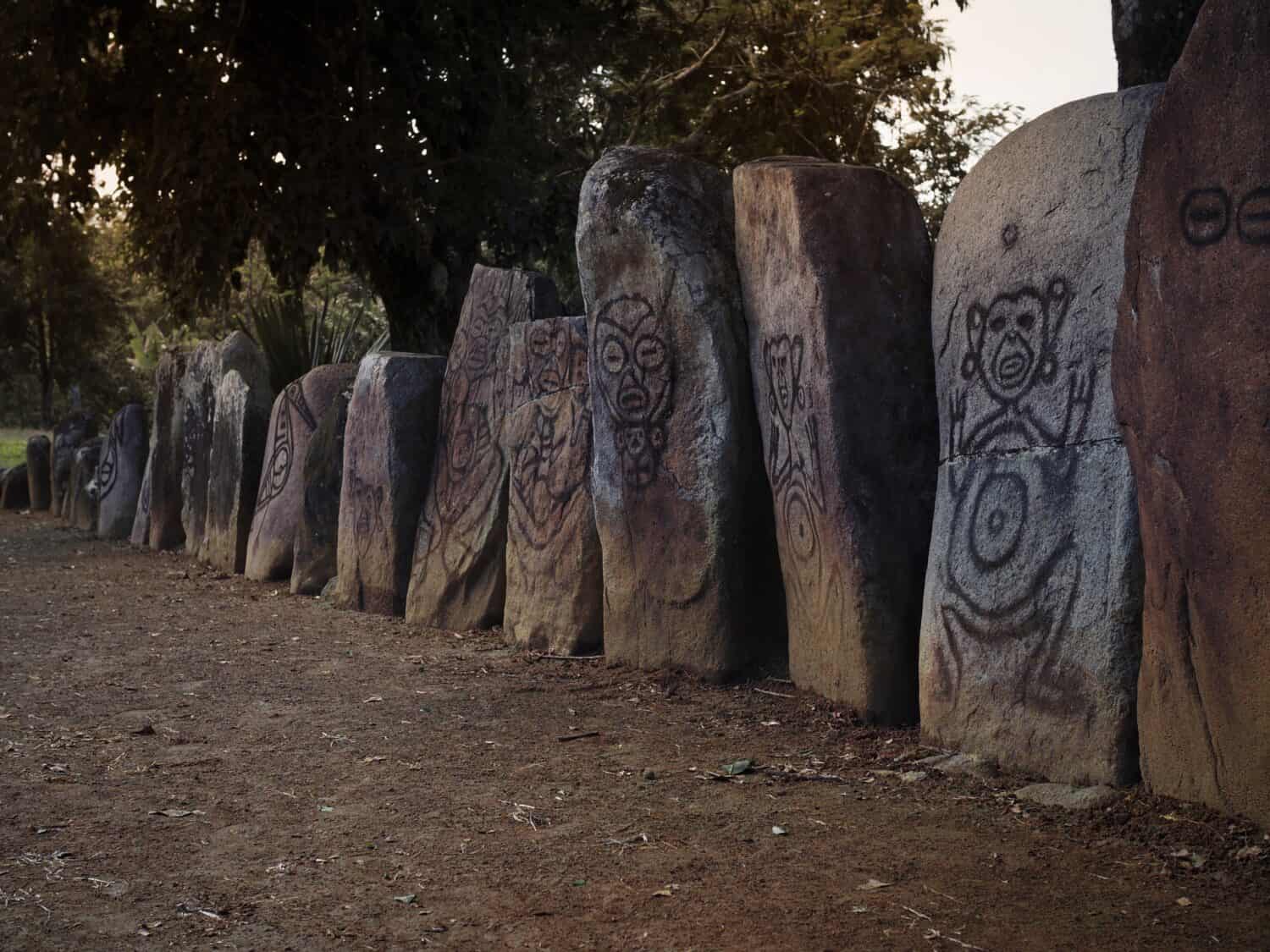
Within the Caguana Ceremonial Indigenous Heritage Park are large and well-preserved ceremonial ball courts and petroglyph-carved monoliths.
©Anton Caballero/Shutterstock.com
Cavernas del Rio Camuy National Park
Another national or state park is the Cavernas del Rio Camuy National Park. It’s also known as the Cavernas de Camuy. This cave system is beautiful and unique. It’s located in Camuy, Lares, and Hatillo. The surface area is about 268 acres. The main entrance to enter the park is in Quebrada, Camuy. These limestone caverns were carved by the third-largest underground river in the world, the Río Camuy. Many people who visit this park are drawn to Cueva Clara de Empalme. This large cave offers guided tours starting with the screening of a short movie. There are many bats in this cave.
Another attraction in the Cavernas del Rio Camuy National Park is the Cueva y Sumidero de Espiral. It’s a large sinkhole that likely developed thousands of years ago. To reach this spot, you need to walk across a 205-step boardwalk.
Julio Enrique Monagas Park
Last but not least is the Julio Enrique Monagas Park. This urban state park is one of a kind and is found in Bayamon. This 200-acre area was established in 1993. It’s a hidden gem with many walking trails. Hiking through the walking trails offers wonderful bird-watching opportunities. Biking is a popular recreational activity here and so is rock climbing. Julio Enrique Monagas Park is named after Julio Enrique Monagas, the first director of Puerto Rico’s Public Recreation and Parks Commission. Julio Enrique Monagas is sometimes also called the father of Olympic sports in Puerto Rico.
The photo featured at the top of this post is © iStock.com/Javier_Art_Photography
Thank you for reading! Have some feedback for us? Contact the AZ Animals editorial team.



